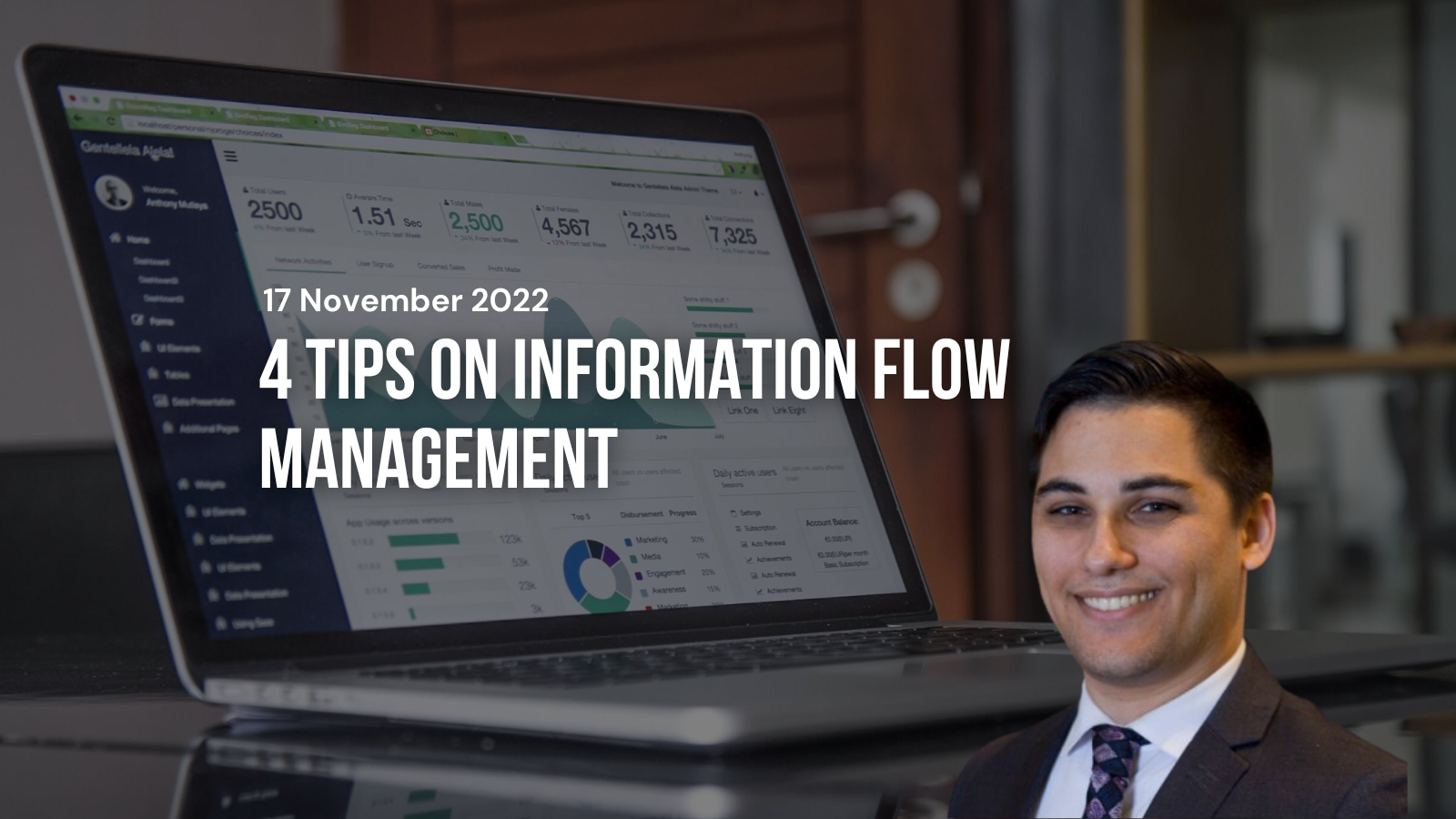
By Russell Katz, Markets Writer at Stake
17 November 2022
Investing in the last century revolved around accessing relevant information.
Investing in this century focuses around distilling information overload – arguably a harder task. As Bobby Axelrod from Billions said, ‘everyone has access to information – we just know how to analyse it better’.
Let’s dive into a few tips on how to manage information flow in the 21st century.
Tip #1 – Organise your information flow
The first and most important tip is to organise your information flow in a spreadsheet. I recommend using the following classifications:
● Name – The name of the publication or source
● Secondary Verification (Y/N) – How reliable is the source?
● Source of information – Meaning how you’ve come across it. I primarily get my information via email, phone notifications or both.
● Opinion, Research or News – It’s important to classify the type of information provided by each source. There’s nothing wrong with opinion-based information, for example, as long as you keep it in mind as such.
● Specialised (Y/N) – Does the source focus on a specific type of information?
● Specialisation Category – If the above response was Y, what is the field of specialisation? Ex. Finance, Politics, Renewable Energy, etc.
● Region – What area of the world does the source primarily cover?
● Requires Paid Subscription (Y/N) – Is there a paywall?
● Have Paid Subscription (Y/N) – Have you paid for a subscription?

With your information flow organised this way, you can more easily see gaps in the type of information you receive.
Remember, it’s important to double up on the same type of information from multiple sources. Each will have their own bias, and if you recognise a source’s specific type, you can use that to your advantage.
With the information flow master list it’s also easier to deep dive into a specific topic, as you already have a categorised list of sources. For instance, if you need to do specific research into the defence industry, you already know which sources to check.
Tip #2 – Learn to digest the most important information
The second tip is a bit of a reality check: you will miss things. It’s impossible to catch everything relevant to you and your investments.
By accepting this fact, you realise the best approach to reviewing articles and reports that come your way is skimming. There are times where you need to read every word, but for the most part, the gist of a topic is good enough until it’s time to pull the trigger.
However, be careful to read more than just the headlines. Remember they’re often designed to elicit a response, and can be misleading.
Tip #3 – Analyse both sides of the investment
The third tip is ensure your information stream includes analysis that disagrees with your investments. One of my largest personal investments currently is shorting oil (read why here); it’s a contrary investment, and I always make sure to read at least five bullish reports on oil a week.
How can you know you’re right, if you don’t know why people think you’re wrong?
Tip #4 – Take advantage of bias
Don’t completely ignore a news source just because it’s known to be biased. For example, in my opinion, a hole in many investor’s information flow is state-controlled news sources.
Suppose your investments have exposure to China: monitoring China Daily and the Global Times would be vital. Of course, these organisations don’t have journalistic independence, but tracking the topics they cover, the ones they don’t and how events are reported can provide important insight into the inner workings and state of mind of the government regime. As long as you’re aware of the bias, you can get something from any coverage.
Hopefully now you have a better understanding of information flow management, and can bring your research into the 21st century.
By Russell Katz, Markets Writer at Stake
Visit Stake’s website here: https://hellostake.com/au






